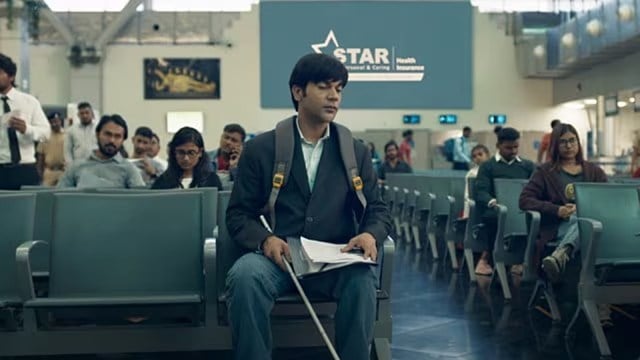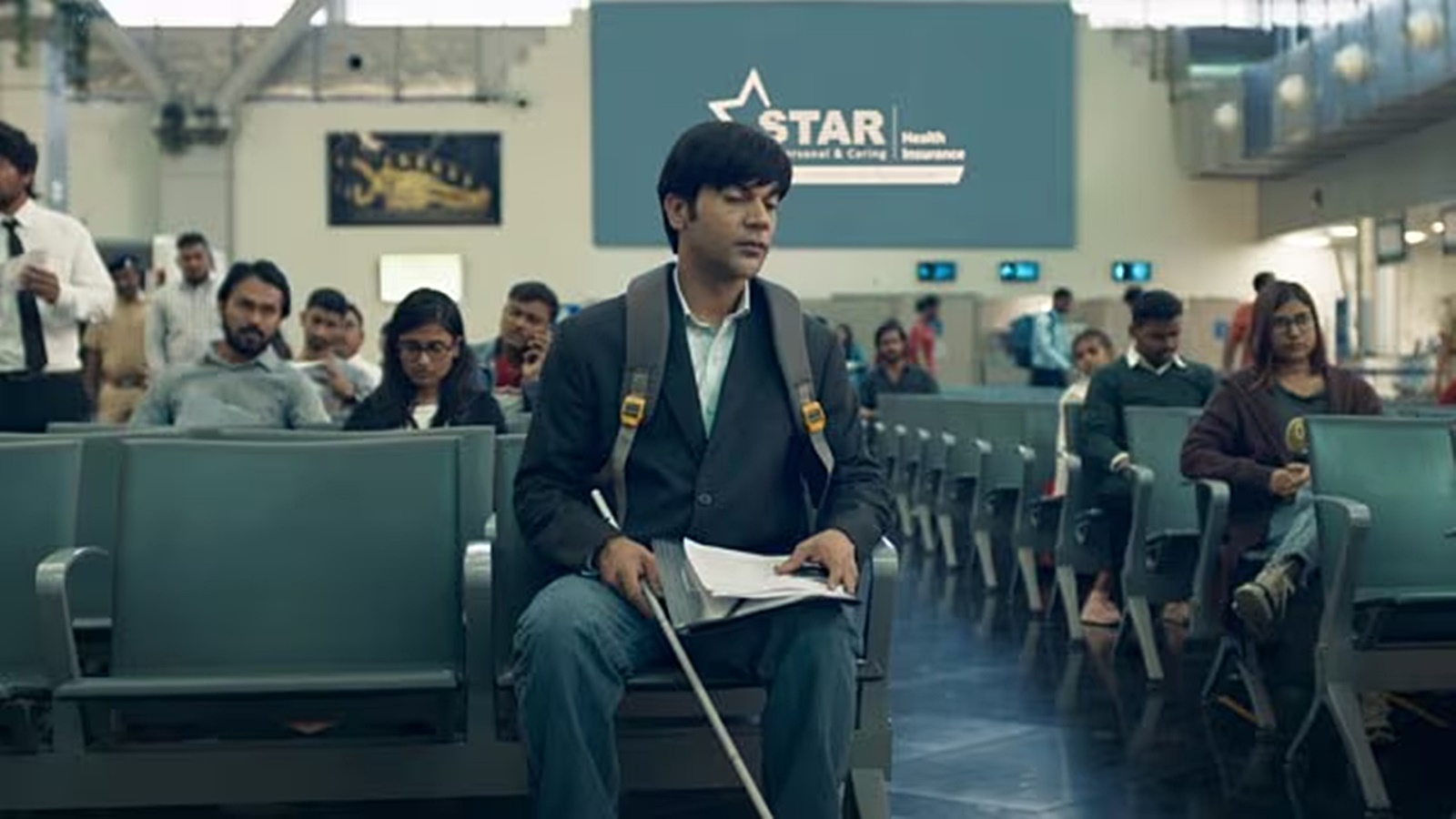
On July 8, the Supreme Court laid down a framework for the representation of Persons with Disabilities (PwDs) in visual media. This ruling was in response to an appeal against the verdict of the Delhi High Court. The case dealt with the contents of the movie Aankh Micholi produced by Sony Pictures, which had characters with myriad forms of disability. Since its trailer launch, disability activists and scholars have criticised the movie for perpetuating stereotypes and prejudices against disability. Although the SC didn’t pass any adverse order against Sony Pictures under the Rights of Persons with Disabilities Act, 2016 (RPwD Act) or Cinematograph Act, 1952, it laid down and elaborated upon a few fundamental principles on disability rights vide its order.
The human rights model of disability
The SC laid great emphasis on the human rights model of disability, which goes beyond the social model and medical model of disability. The medical model traces the disability within the medical condition of an individual. The social model identifies disability in the attitude and structure of society. The human rights model goes beyond the social model and is embedded in international human rights law principles. It states that disability is a natural part of human diversity, and PwDs are also rights holders whose participation and inclusion in society must be ensured.
The SC emphasis on the human rights model is significant as it casts a positive obligation on the appropriate government and private parties to facilitate full and effective participation. The extent of the obligation of private bodies under the RPwD Act is disputed. In Vikash Kumar vs UPSC, the Court has accepted the obligation of private parties under the RPwD Act and in the current case, it also acknowledged the limitation of this obligation. The SC denied the applicant’s request for issuing directions to Sony Pictures to make awareness films under section 7(1)(d) and said that this would amount to “compelled speech” (para 72.2). Thus, the contours of obligation of private parties under RPwD is still an evolving jurisprudence.
Emphasis on the attitudinal barrier
The Court, in its detailed order on different facets of language, missed an opportunity to link the aspects of the “attitudinal barrier” under the RPwD Act. Although the SC didn’t use the phrase “attitudinal barrier”, it provided detailed jurisprudence on it. The attitudinal barrier is recognised under RPwD as one of the societal barriers as per the social model of disability.
Stereotypes play an instrumental tool in perpetuating the attitudinal barrier against a group. The SC acknowledges that the stereotypes are operationalised as discrimination against the group members (para 32) and emphasises the importance of “stereotypes as an anti-thesis to dignity and non-discrimination”. Thus, stereotypes perpetuating the incapacity or patronisation leading to exclusion from different societal milieus will amount to discrimination — as witnessed in cases like Navtej Johar and Anuj Garg wherein the stereotypes around gender caused indirect discrimination and thus were held unconstitutional.
Stereotypes about the group and its members also undercut the individual’s dignity as protected under Article 21. This was emphasised by the SC in the Sabarimala Temple case (Indian Young Lawyers Association vs The State Of Kerala, 2018). The inferiority or paternalism towards PwDs infringes upon their dignity by causing systematic and hidden exclusion.
Cinematic speech vs hate speech
The apex court acknowledged the difference between cinematic speech, hate speech, and group defamation laws. For instance, in the Pravasi Bhalai Sangathan case, the SC explained that hate speech is an effort to marginalise individuals based on their membership in a group, often leading to the perpetuation of hatred or violence. On the other hand, the US Supreme Court, in Beauharnais v. People State of Illinois, defined group defamation as amounting to hate speech, which is also analogous to individual defamation. This differentiation was essential to elaborate the ambit of free speech in films as the test for restriction on speech will differ in the other two aspects.
The SC employed the “context of speech” analysis and emphasised that the stereotypes and derogatory speech often target the marginalised community (herein PwDs). The other facets dictating this context of speech are the impact of speech on human dignity, the identity of the speaker and the target and the linguistic connotation of the speech. These aspects are not in addition to the reasonable restriction imposed on freedom of speech under Article 19(2) but rather operate within its fold. The courts have ruled, and reiterated in this judgment, that an expression that targets the marginalised and confirms or strengthens people’s prejudices, causing further marginalisation and disenfranchisement, is not protected under Article 19(1)(a).
The SC concluded by stating that “the creative freedom of the filmmaker cannot include the freedom to lampoon, stereotype, misrepresent or disparage those already marginalised” (para 70). In determining these aspects, the “intention” and “overall message” of the film have to be considered.
A timely intervention
The SC framework is a timely intervention, emphasising the urgency for a more sensitive understanding of disability in visual media space. The nine-point guidelines cover a range of aspects, from language usage to participation and consultation with disability advocacy groups. A more nuanced portrayal of disability and PwDs, like in the recently released film Srikanth, is expected from mainstream production houses. The efficacy of these guidelines will be ascertained in the coming years.
The writer is a Delhi-based lawyer and founder, Politics and Disability Forum



